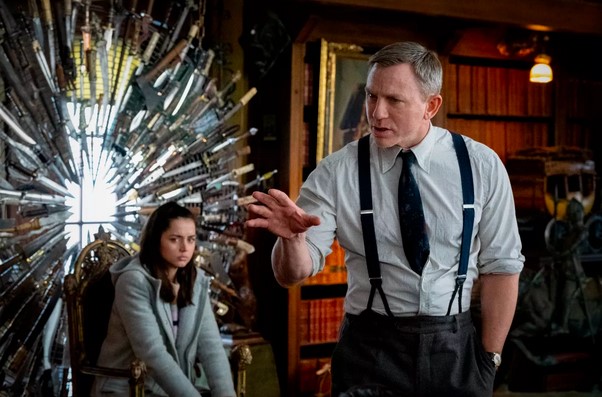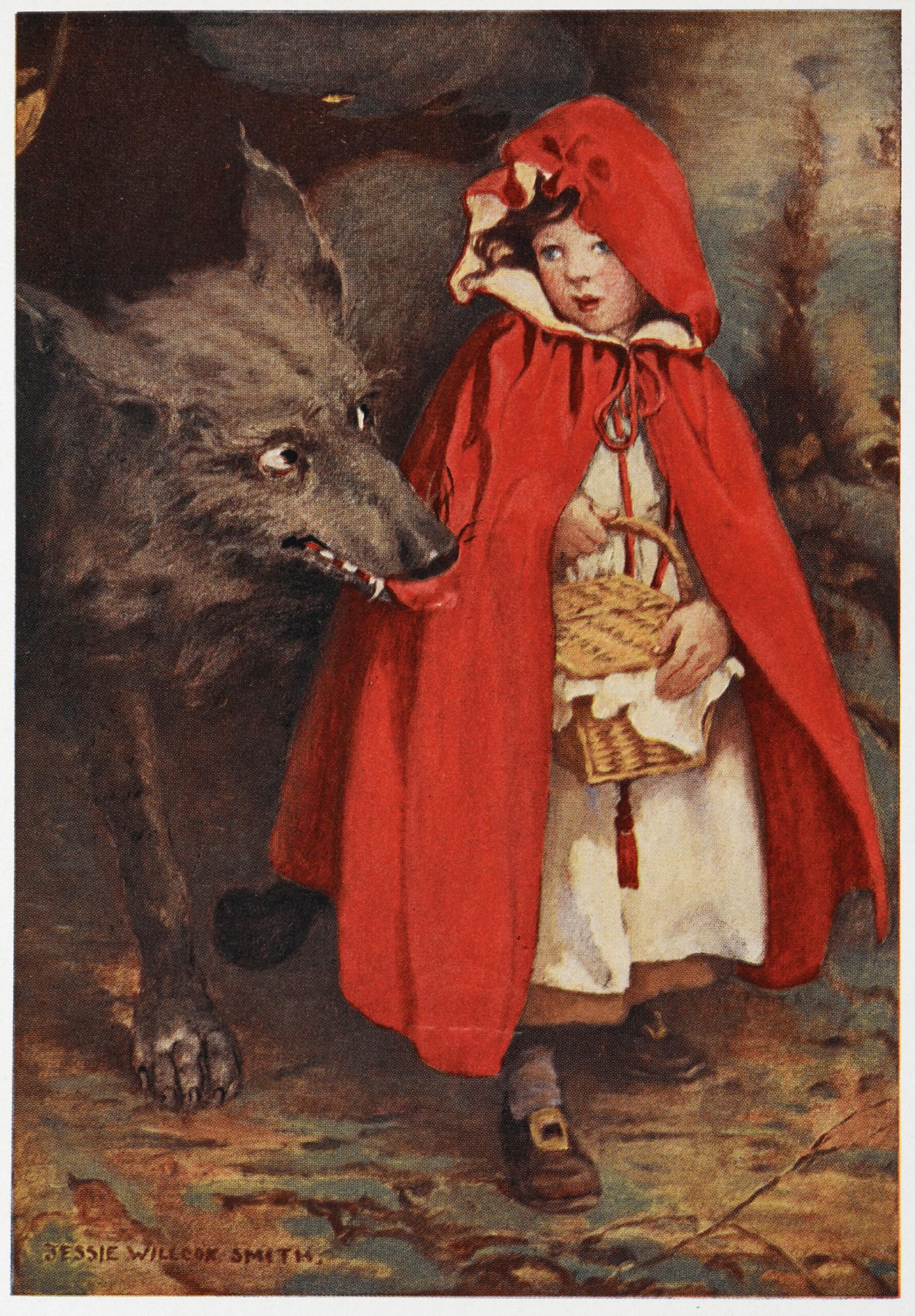By Milaniya Nguyen, Year 12
What happened to “good” movies? They don’t make them like they used to. Though a very general statement, it gets made a lot. With an industry that today’s society is ever so invested in, it’s unsurprising that people aren’t always satisfied. Especially with social media, criticizing seems to have become a preferred pastime. Even so, complaints have become increasingly apparent across modern cinema. This can be mostly pinpointed to one issue, the fall of mid-budget movies. Mid-budget films are typically ones with a $15 million to $75 million budget. What’s so special about them? Enough so that the loss of innovation in recent cinematic experiences can be blamed on them? Mid-budget films force filmmakers to think creatively, to think outside the box and create unique storytelling masterpieces with a minimal budget. These filmmakers have no reliance on over the top CGI battles and green screen scenes unlike big budget blockbuster films. Some examples of mid-budget films are Home Alone with a $18 million budget, Silence of the Lambs with a $19 million budget and Shawshank Redemption with a $25 million budget. Mid-budget films also allow directors to express their creative potential and rise from being new upcomers to becoming household names.
The release of Iron Man in 2008 and the huge financial success that it brought to the Marvel Cinematic Universe, led to a dominance of larger budget action, superhero spectacles, and in turn, the disappearance of the sub-genre of mid-budget films. The higher profits made from big budget blockbusters indicated to studios that this is what will make the greatest economic successes. They opt for higher cost, higher revenue films over less costly, less revenue generating films. In 1990, the average production budget of the top 20 grossing films was $63 million, more recently in 2019, this value rose to $141 million. Studios are not invested in modest profits anymore, they realized that spending more money will simply make more money. Comic and book adaptations dominate the film industry as they often have guaranteed profits, due to their already existing fan bases. Studios turn to these because they are safer economically, they don’t take the risks of producing films with unpredictable reactions and economic responses.
Mid-budget filmmakers now struggle to secure distribution deals with major studios. These films don’t get made nearly as much anymore because studios question their money making potential. So instead, directors turn to streaming services.
Movies are beginning to skip theatrical releases and instead going directly to platforms such as Netflix, Hulu, and HBO Max. Even celebrated and recognized directors eventually end up partnering with Netflix because of the struggle to find any arrangements with major studios. The modern entertainment industry diminishes new filmmakers’ movie making opportunities. Take French-American film director, Damien Chazelle for instance. He directed the movie Whiplash in 2014, then La La Land in 2016, both of these were highly recognized and celebrated by critics and audiences alike as well as produced fairly high profits. Two years later, in 2018, he directed the film First Man, though once again met with critical acclaim, it did not make enough revenue to support this film director for future films. Chazelle turned to Netflix in response.
Whenever mid-budget films fail, it gives studios further justification to avoid them. On the other hand, even when big budget films “fail” and fall flat, they still make considerable profits and are usually made back in the next franchise film. Marvel lost around $100 million in 2019 with Dark Phoenix, but this barely made a difference when movies such as Avengers: Endgame, Spider-Man: Far from Home, and Captain Marvel each made over $1 billion that same year. Mid-budget films simply aren’t the economic powerhouses they used to be.
The rise of Netflix and other streaming services caused a split between theater and home viewing experiences. Whereas superhero action films get put in theaters, personal dramas often end up on these streaming platforms. The big 5 studios, Disney, Columbia, Universal, Paramount and Warner Brothers rely on familiar genres to make money. Social media’s cancel culture also prevents studios from taking big risks in producing unusual or unique movies. So this pushes mid-budget dramas and other great original films to the sidelines of streaming platforms. This further conditions viewers to stay home for entertainment consumption and ultimately stick with streaming services.
In 2019, Knives Out, a comedy mystery film, was released and quickly popularized. Positive reviews from audiences and critics, Knives Out was the newest mid-budget movie success. It made a total of $311 million on a $40 million budget. This gave hope in reigniting the creativity and uniqueness of the mid-budget sub-genre. Jump to 2022, Netflix buys the rights to the franchise for $450 million. The sequel, Glass Onion, no longer able to be seen in cinemas, is released on Netflix. Once again, a potential mid budget film success is lost in the abyss of streaming platforms and audiences are again confined to their homes.
The importance of having mid-budget films present in theaters is extensive, as the funding this can create for new upcoming directors is substantially greater than a streaming service could provide. Mid-budget films provide more variety and diversity in the film industry. They allow for a wider range of genres and topics to be explored. More than just big budget spectacle-driven films are worthy of being displayed in cinema.
On the bright side, there have been some recent mid-budget film successes that can be considered. The horror film “Us” made $255 million with a $20 million budget and romance drama movie “Little Women” made $218 million with a $40 million budget.
Even so, there has been a clear, continual fall in mid-budget films in the modern entertainment industry. Joe Dante, an American film director, summarizes this issue quite well, stating Hollywood has become a system that really only produces 2 levels of movies: small budget indie flicks or big budget blockbusters. This leaves no room for the inventive mid budget films that used to fill cinemas. Now that the majority of the movies that are shown in cinemas are action movies, the mass audience might become continually tired of seeing these similar genres and crave the old mid-budget classics. Maybe then, movies can be made like they used to be.



